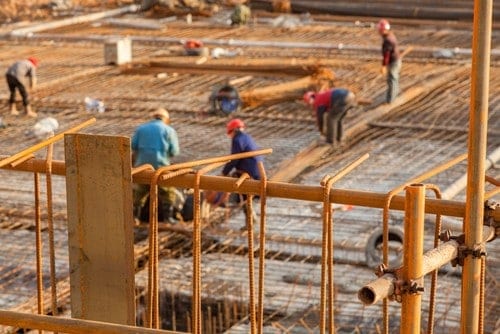There are several types of work zones considered “confined spaces” that workers may find themselves in, especially at jobsites in the construction industry. These spaces can include areas such as pipelines, manholes, tunnels and crawl spaces.
While these spaces are usually highly regulated, 1,030 workers died from injuries involving confined spaces from 2011-2018, according to the Bureau of Labor Statistics. These areas are not intended to be occupied for extended periods of time and can pose serious risks to workers, including gas leak exposure; oxygen shortage; falls from heights; extreme temperatures; electrical hazards; liquid engulfment; and collapse or being struck by objects.
To help prevent these types of injuries, it is critical to have mitigation procedures in place for workers in confined spaces. When developing your own safety plans, consider the following:
- Conduct regular hazard assessments of confined spaces
- Test exposures to gas leaks (using a detector) and ventilation issues
- Ensure workers have proper safety tools/equipment and are in good health
- Monitor and share where and when workers are entering confined spaces
- Establish and formalize entry and exit procedures – have a rescue team on standby
- Have workers wear connected safety devices and monitors to communicate
Developing effective procedures can help ensure workers in confined spaces are safe. For more information on protecting workers in confined spaces, review OSHA’s Compliance Guide.


